
While some inventions take decades of work and are intricate machinery, this is not always the case. Sometimes, the most simple inventions are actually the ones that have changed the world the most. Whether it’s centered around transportation, medicine, economics, or machinery, these six simple inventions that changed the world are worth exploring.
6. Duct Tape
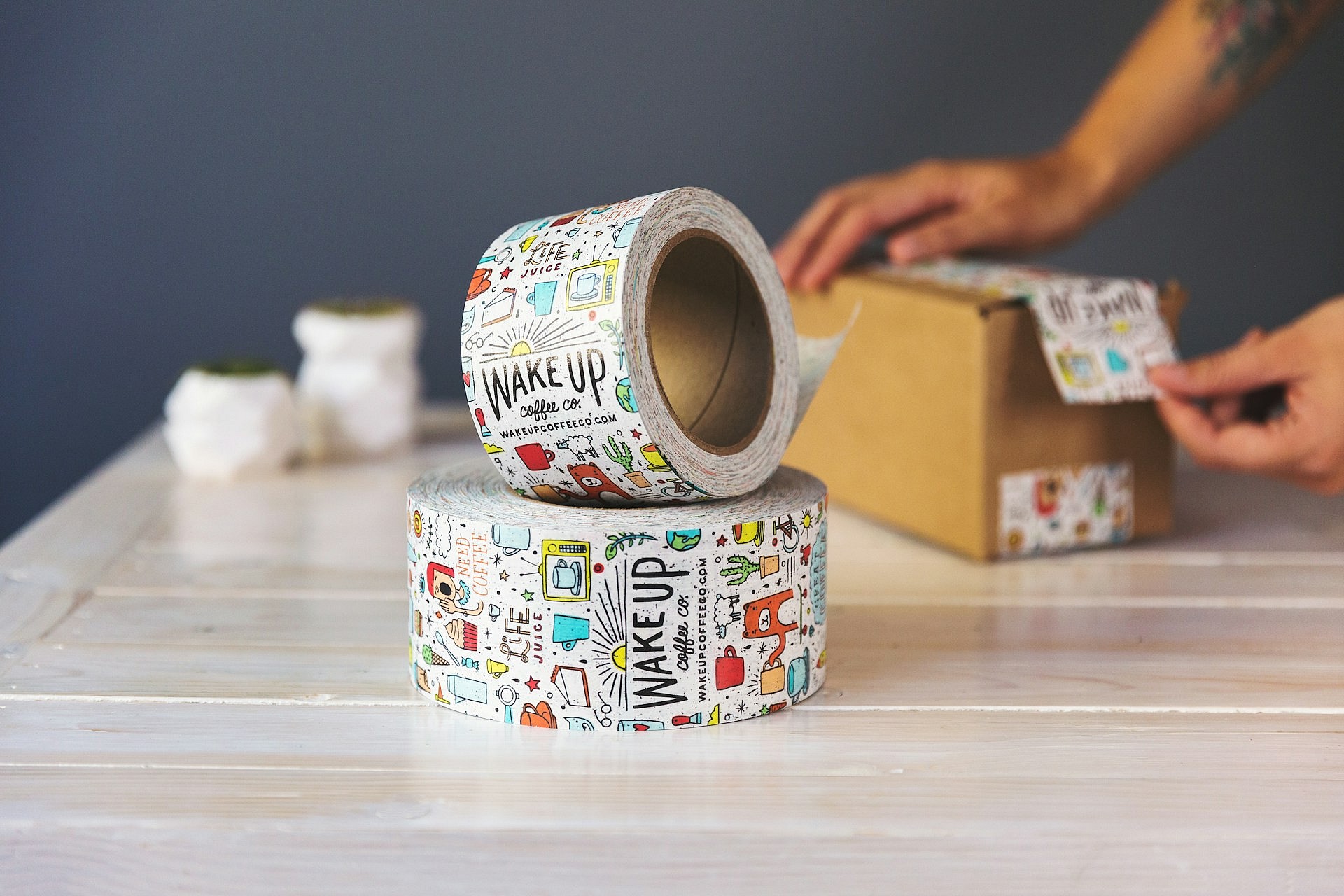
Sixth on our list of simple inventions that changed the world is duct tape. While tape was already used before this durable material was invented in World War II, very few held on as tightly or as long as duct tape. The tape was originally invented by researchers at Johnson & Johnson to help the military protect their ammunition cases from harsh conditions but was brought home by soldiers to use in construction. Changing the color to match typical duct colors, the phenomenon of duct tape was born and is probably in your tool box right now.
RELATED: 6 Forgotten Historical Inventions That Shaped Our World
5. Nails
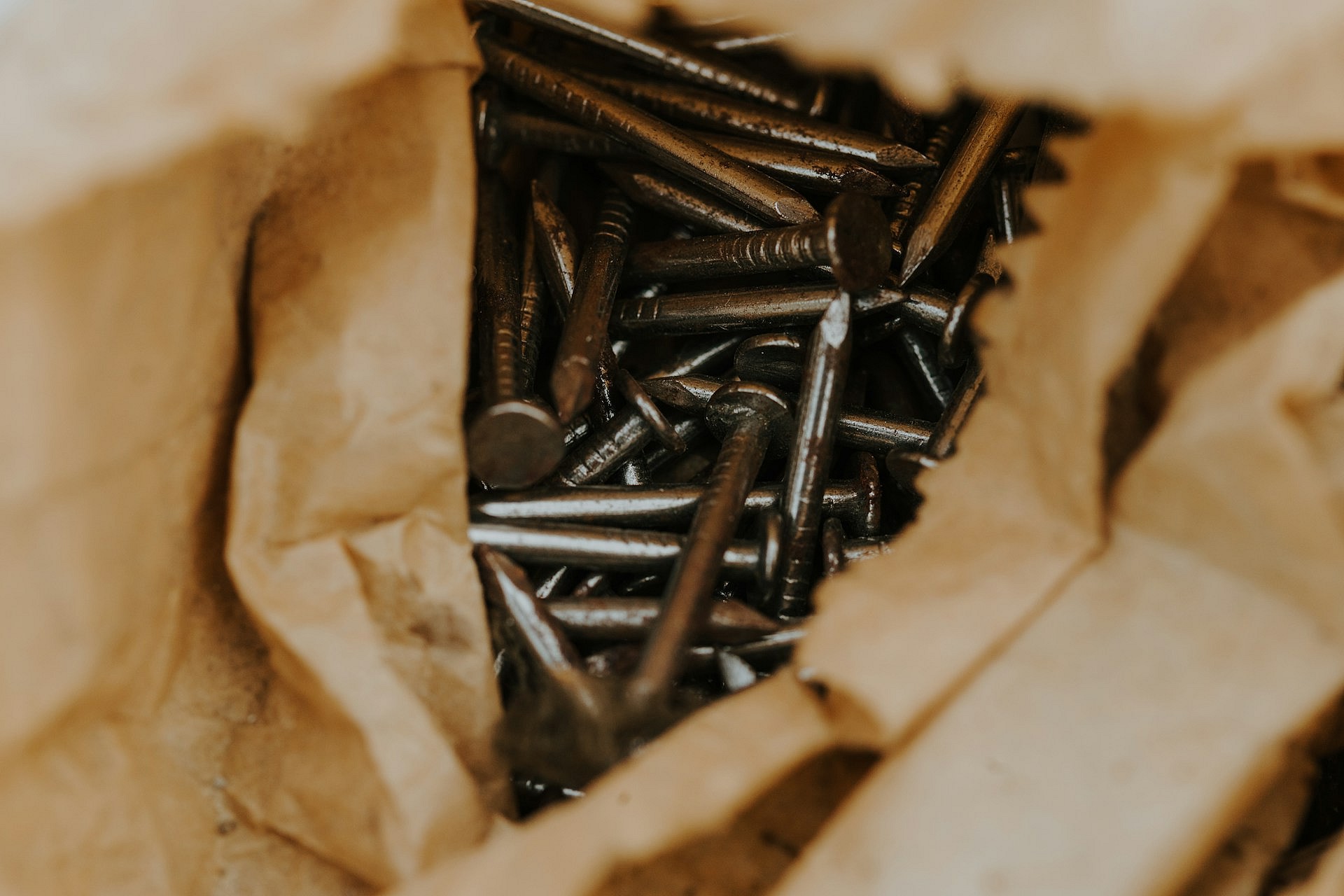
Next up on our list of simple inventions that changed the world is the metal nail. Revolutionizing the way buildings and other materials have been tacked together, the nail was created around 3400 BC. Before the nail, buildings were constructed by interlocking boards in geometric patterns. After, shaping metal quickly turned into hand-made bronze nails, and by 1913 the majority of nails were made out of metal and created in warehouses.
4. Paper Money
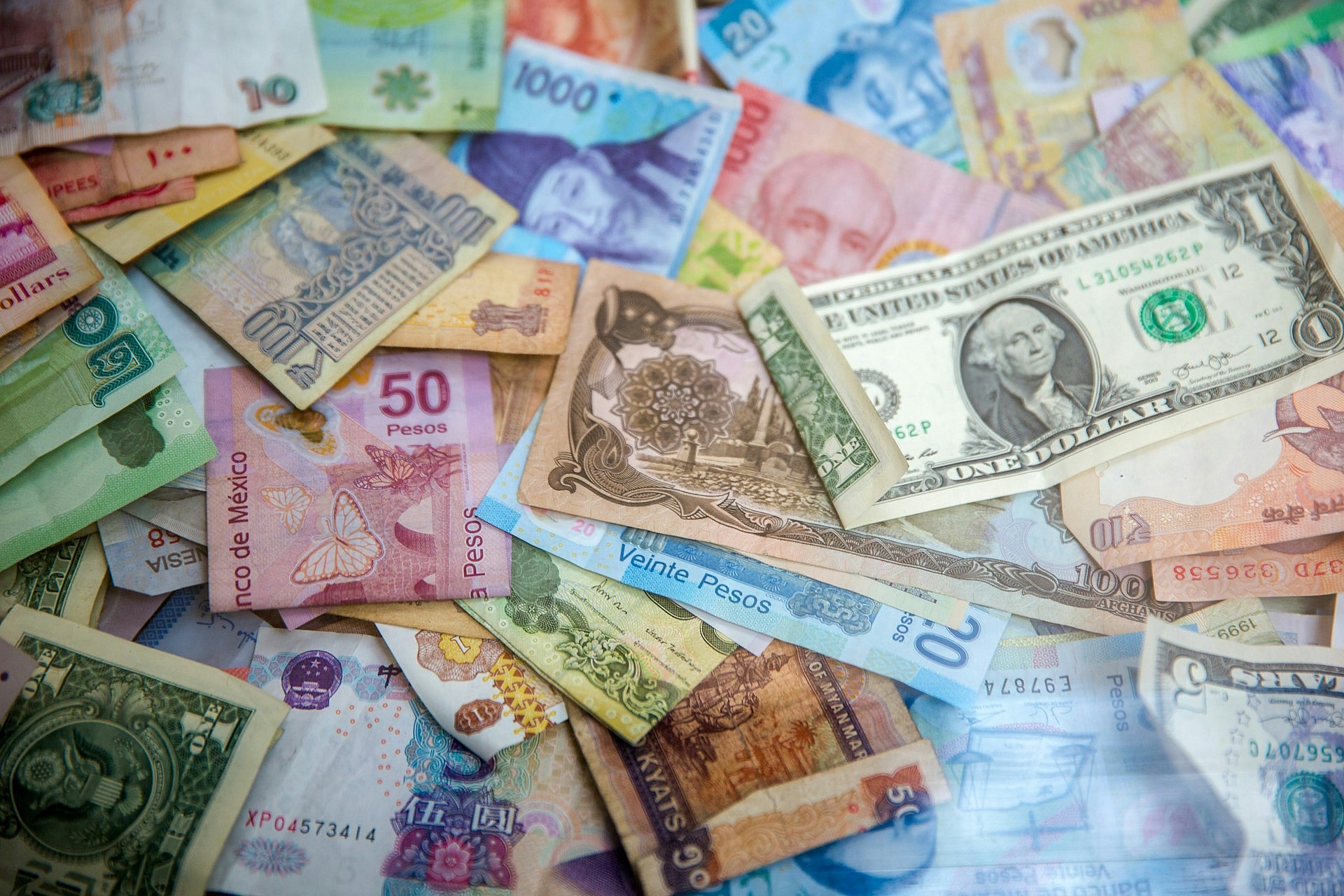
Fourth on our list of simple inventions that changed the world is paper money, central to today’s modern currency worldwide. While paper money had been in use, it wasn’t until the Crusades in Europe that the system became a staple in the economy. European armies and merchants needed a way to transport large sums of money without the weight of metal coins, and this practice soon spread across the Atlantic to the American colonies. Nowadays, paper money is a commonplace item in everyone’s pocket.
CHECK OUT: 8 Odd Historical Inventions That Didn’t Make It
3. Penicillin
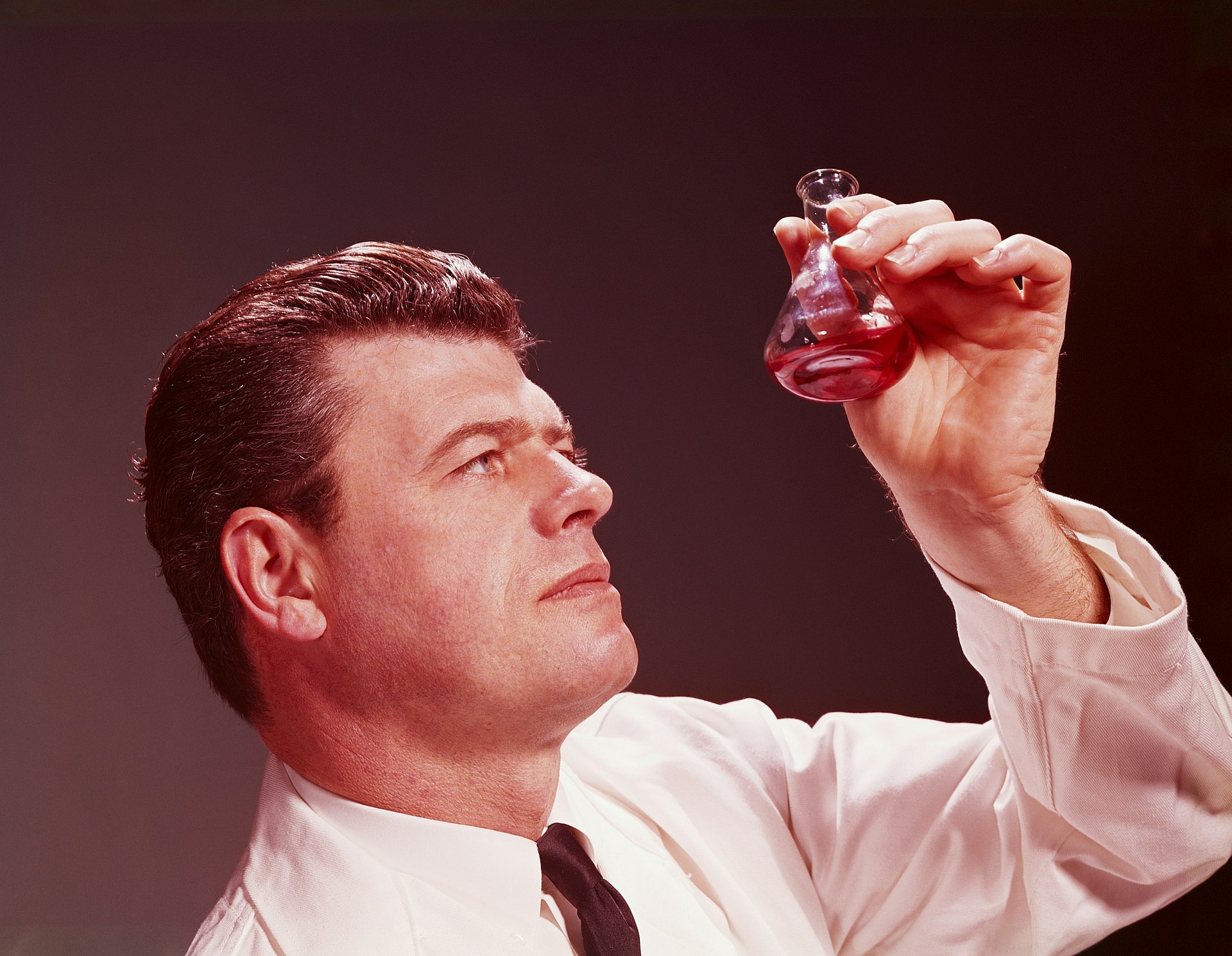
Earning a spot in the top three simple inventions that changed the world is penicillin. While one of the more “complicated” inventions on our list, it changed the medicinal world forever. Discovered by microbiologist Alexander Fleming in 1928, the antibiotic drug was crucial in war, saving countless lives in WWII by treating injuries that would have been fatal otherwise. Today, penicillin is one of the most widely used antibiotics, combating illnesses and mortality rates.
ALSO READ: 6 Most Interesting Stories Behind Time Capsules
2. Lever
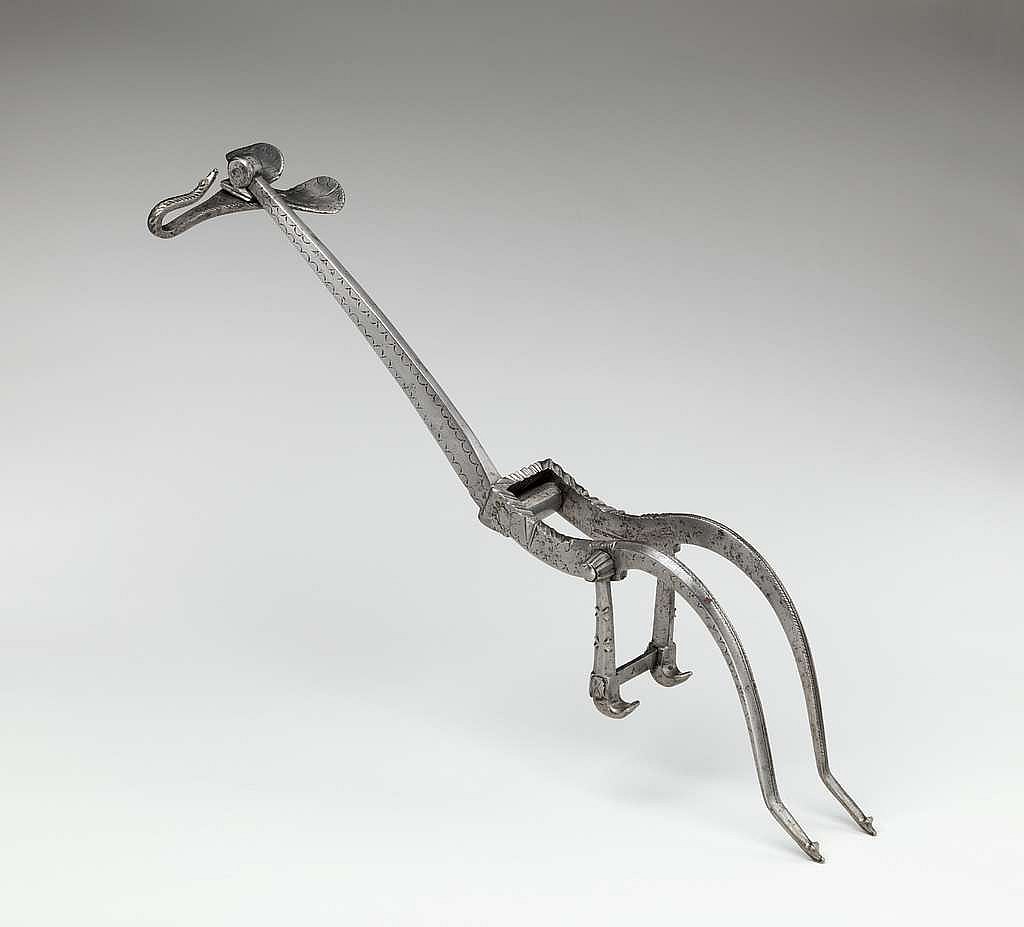
Ranking second on our simple inventions that changed the world list is the lever. At its most elemental, the lever is a simple machine with a straight beam or rod that rotates around a fulcrum, allowing the user to lift heavy objects with less effort. While the lever’s origin date is not known, the lever was first mathematically described by Archimedes in ancient Greece. Today, levers are used constantly, from household tools like can openers to heavy machinery like cranes.
1. Wheel
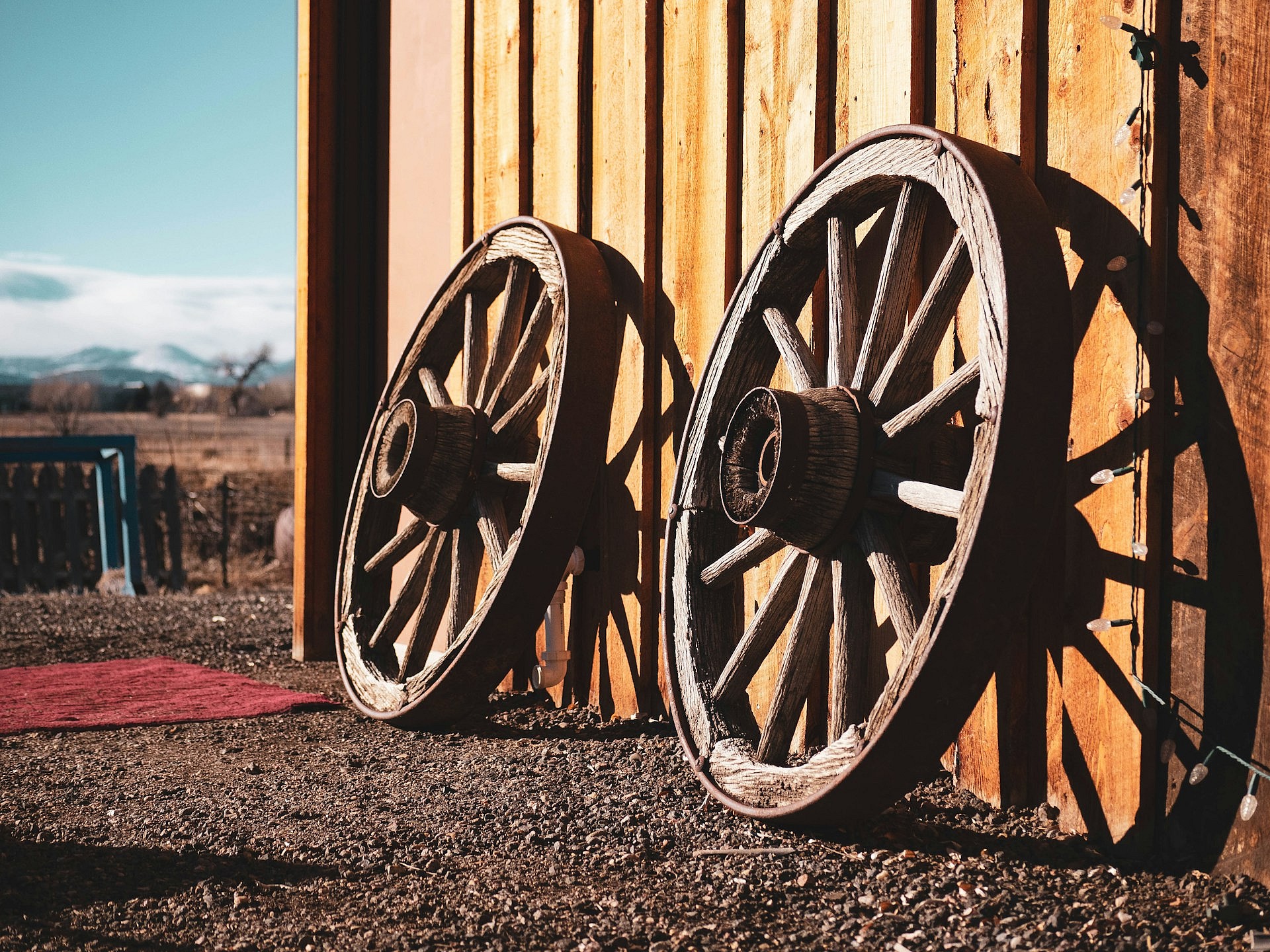
Last but not least on our list of simple inventions that changed the world is the wheel. One of the most influential inventions, the wheel, allowed transportation of goods and people over long distances. While the cylinder wasn’t hard to imagine, the wheel needed a fixed axle that could move smoothly as the wheel rotated. Once created, the wheel led to several other inventions, including wheelbarrows, chariots, mills, steamboats, etc., changing the landscape of the world.
